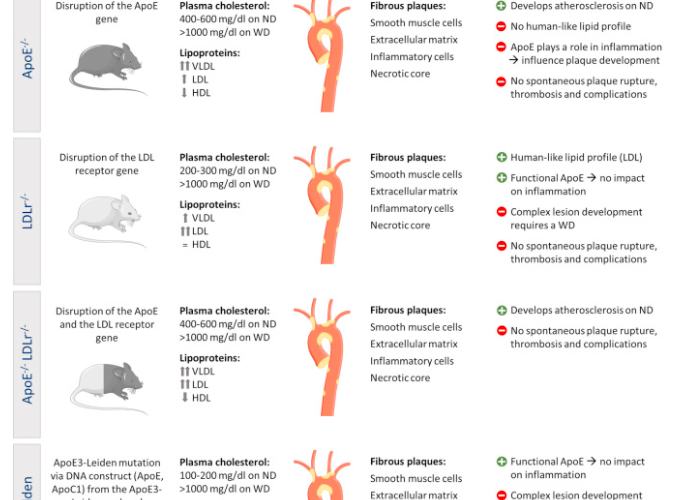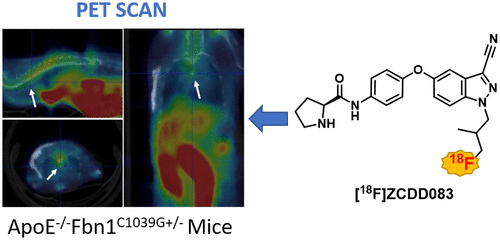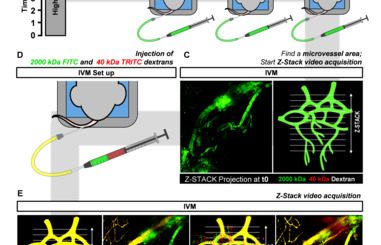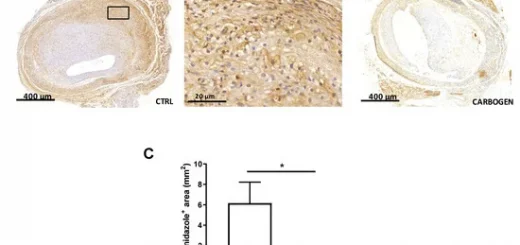Animal models of atherosclerosis

An ideal animal model of atherosclerosis resembles human anatomy and pathophysiology and has the potential to be used in medical and pharmaceutical research to obtain results that can be extrapolated to human medicine. Moreover, it must be easy to acquire, can be maintained at a reasonable cost, is easy to handle and shares the topography of the lesions with humans. In general, animal models of atherosclerosis are based on
accelerated plaque formation due to a cholesterol-rich/Western-type diet, manipulation of genes involved in the cholesterol metabolism, and the introduction of additional risk factors for atherosclerosis. Mouse and rabbit models have been mostly used, followed by pigs and non-human primates. Each of these models has itsadvantages and limitations. The mouse has become the predominant species to study experimental atherosclerosisbecause of its rapid reproduction, ease of genetic manipulation and its ability to monitor atherogenesis in a reasonable time frame. Both Apolipoprotein E deficient (ApoE-/-) and LDL-receptor (LDLr) knockout mice have been frequently used, but also ApoE/LDLr double-knockout, ApoE3-Leiden and PCSK9-AAV mice are valuable tools in atherosclerosis research. However, a great challenge was the development of a model in which intra-plaque microvessels, haemorrhages, spontaneous atherosclerotic plaque ruptures, myocardial infarction and sudden death occur consistently. These features are present in ApoE-/-Fbn1C1039G+/- mice, which can be used as a validated model in pre-clinical studies to evaluate novel plaque-stabilizing drugs.
http://dx.doi.org/10.1016/j.ejphar.2017.05.010










